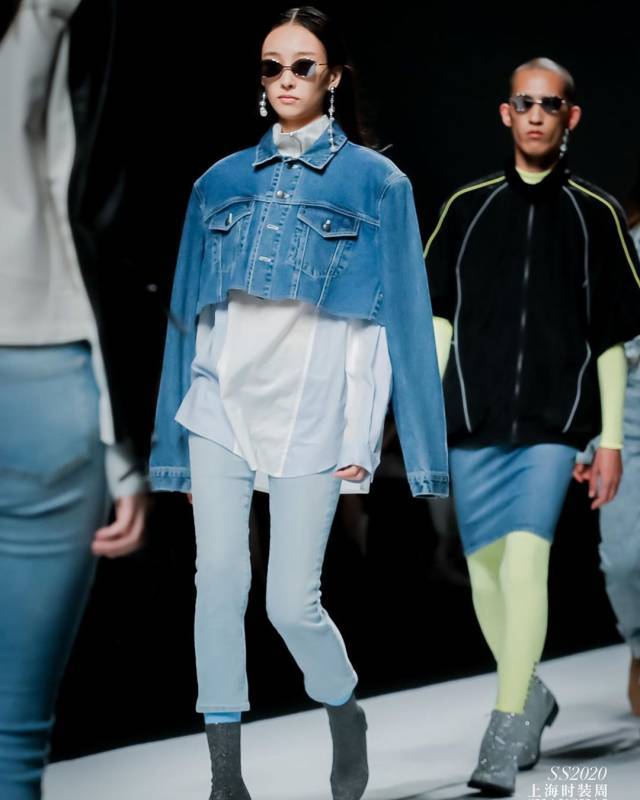Chinese Coronavirus Threatening Fashion Industry

Chinese coronavirus threatens not only the health and lives of people, but also the development of the fashion industry.

As January comes to an end, there were scattered reports on the distribution of a deadly coronavirus in China. At the moment, it’s known about several thousand infected, not only in China but also in several European countries. The international community is extremely concerned about the situation, because the rapid spread of the disease threatens not only lives and well-being of people, but also the global economy. Many brands have already experienced the negative impact of coronavirus.

As for the global luxury fashion industries, which rely heavily on China’s vast production and consumption power, things are already slowing down. And now, it’s only projected to get worst. The fact is that the Chinese market is one of the most lucrative for luxury and premium brands from USA and Europe. According to a Bain & Company study, 35% of all luxury goods purchases (fashion, watches, and jewelry) in 2019 were either conducted in China or made by Chinese nationals traveling abroad.
At the moment, many cities in China are following a governmental order to remain on a soft lockdown mode. In this regard, many malls have chosen either to significantly shorten their business hours or shut down completely. In addition, due to the coronavirus, the flow of Chinese tourists has declined sharply. European and American brands already count the losses associated with the coronavirus.

However, the coronavirus crisis represents a much greater. Many industry insiders have also shared their concerns about whether upcoming major fashion shows, like Milan Fashion Week in late February and especially Shanghai Fashion Week in late March, will be postponed to prevent the potential of further spreading the virus. This means that we will not have the opportunity to see great shows and new collection from Chinese brands, which in recent years have become an integral part of fashion shows. It is also likely that the showswill be missing many if not most of China’s typically significant buyer, editorial, and influencer representation due to travel restrictions.


